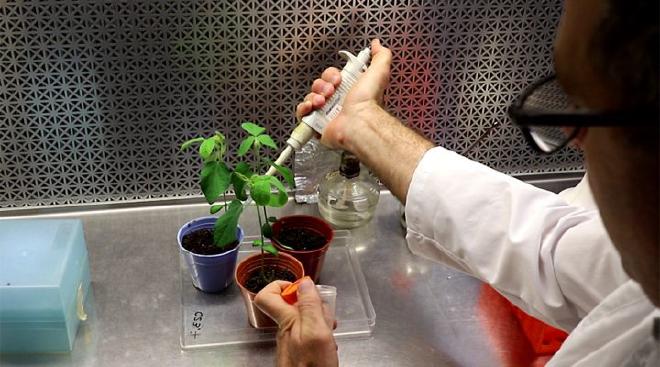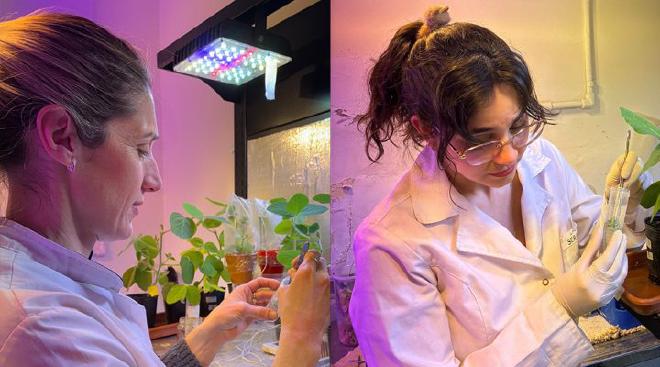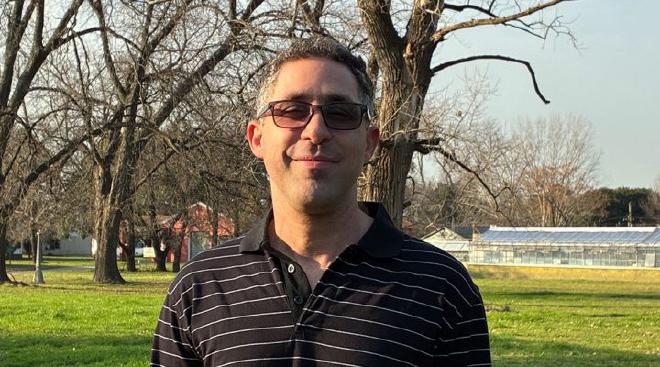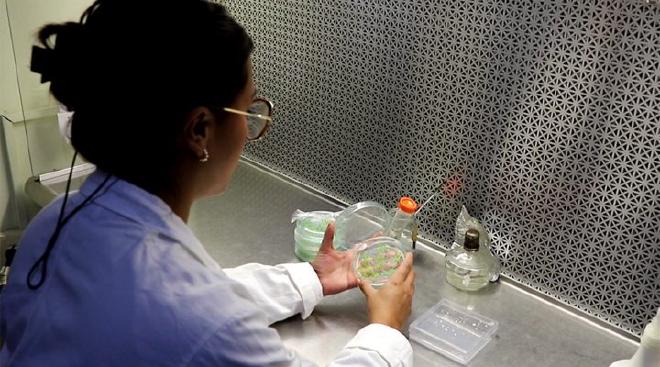

An international scientific team, led by CONICET researcher Nicolás Ayub, achieved a genetic improvement of a commercial biofertilizer commonly used in Argentina, which could increase soybean productivity by approximately 6 percent. Using the CRISPR/Cas9 technique, the researchers genetically edited the E109 strain of the nitrogen-fixing bacteria Bradyrhizobium japonicum and managed to increase its impact on crop productivity. “We are the first group in the world to successfully perform CRISPR/Cas9 editing in elite bacteria of agronomic importance,” highlighted Ayub, who works at the Institute of Agrobiotechnology and Molecular Biology (GV IGEAF IABIMO, CONICET-INTA).

The international platform for the improvement of biofertilizers, bioinsecticides, and biofungicides, led by the CONICET scientist that involves research institutes from Argentina, Brazil, Chile, Colombia, Spain, and Uruguay, is funded by FONTAGRO, a co-financing mechanism for the development of agricultural technology in Latin America, the Caribbean, and Spain.
More productivity, lower costs #
Beyond their impact on agricultural productivity, engineered biofertilizers are cheaper than chemical fertilizers, such as synthetic nitrogen. “In the last two decades, the cost of natural gas and its derivatives, such as synthetic nitrogen, has increased significantly, while crop prices have remained stable,” argued the CONICET researcher, who added, as an additional advantage, that bioinoculants do not generate environmental pollution.


According to Ayub, the use of CRISPR/Cas9 as a genetic engineering technique, by not introducing any DNA elements from another organism into the biofertilizer to be optimized (as is the case with GMOs), could reduce the costs and timescale for the new technology to impact the agricultural sector. “With GMO technology, what you do is introduce genes from another organism into an organism, which give it a new capacity. With CRISPR/Cas9, what we do are specific nucleotide substitutions, analogous to changing a letter in a book, enhancing the capacity that the native genes of the biofertilizer already had,” Ayub said.
Bibliographic references #
Serantes, L., Stritzler, M., Brambilla, S. et al. Genome editing of soybean inoculant using CRISPR/Cas9 system: enhancing agricultural sustainability. Plant Cell Tiss Organ Cult 157, 35 (2024). https://doi.org/10.1007/s11240-024-02764-y
Brambilla, S., Pascuan, C., Frare, R., Liebrenz, K., Pesquero, N., Ruiz, MJ, … & Ayub, N. (2025). Engineering a commercial soybean inoculant to efficiently degrade glyphosate. Rhizosphere , 101109. https://doi.org/10.1016/j.rhisph.2025.101109
Cardillo, ME, Brambilla, S., Liebrenz, K. et al. Genomic and physiological plasticity in natural variants of commercial soybean inoculants supports the non-GMO status of base-edited inoculants. Plant Cell Tiss Organ Cult 161, 26 (2025). https://doi.org/10.1007/s11240-025-03059-6
- The article Ingeniería genética: mejorar biofertilizantes para aumentar la productividad agrícola, signed by Miguel Faigón was published in CONICET’s news section.
Contact [Notaspampeanas](mailto: notaspampeanas@gmail.com)

